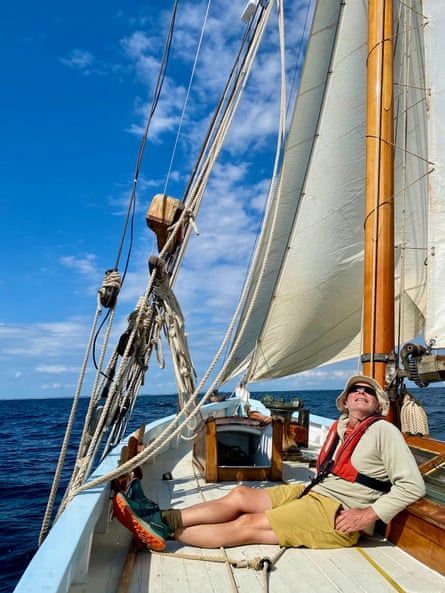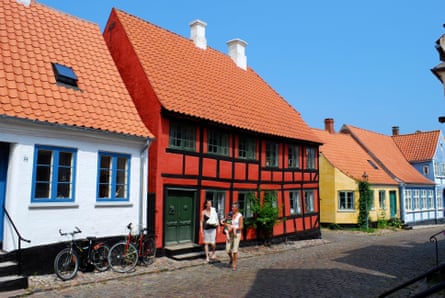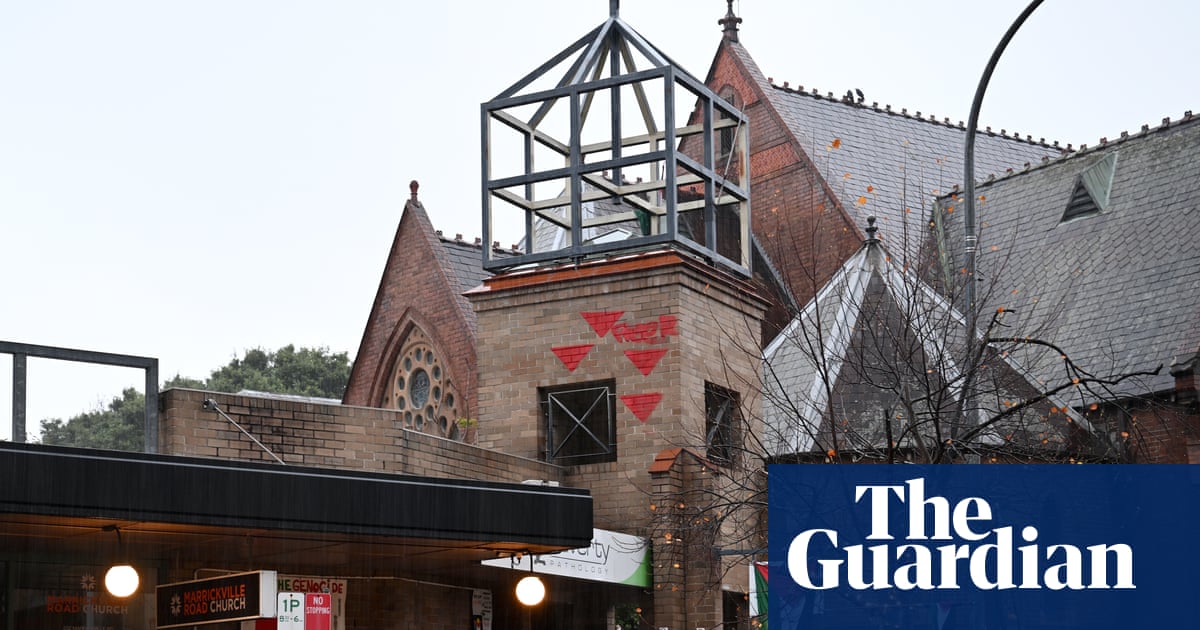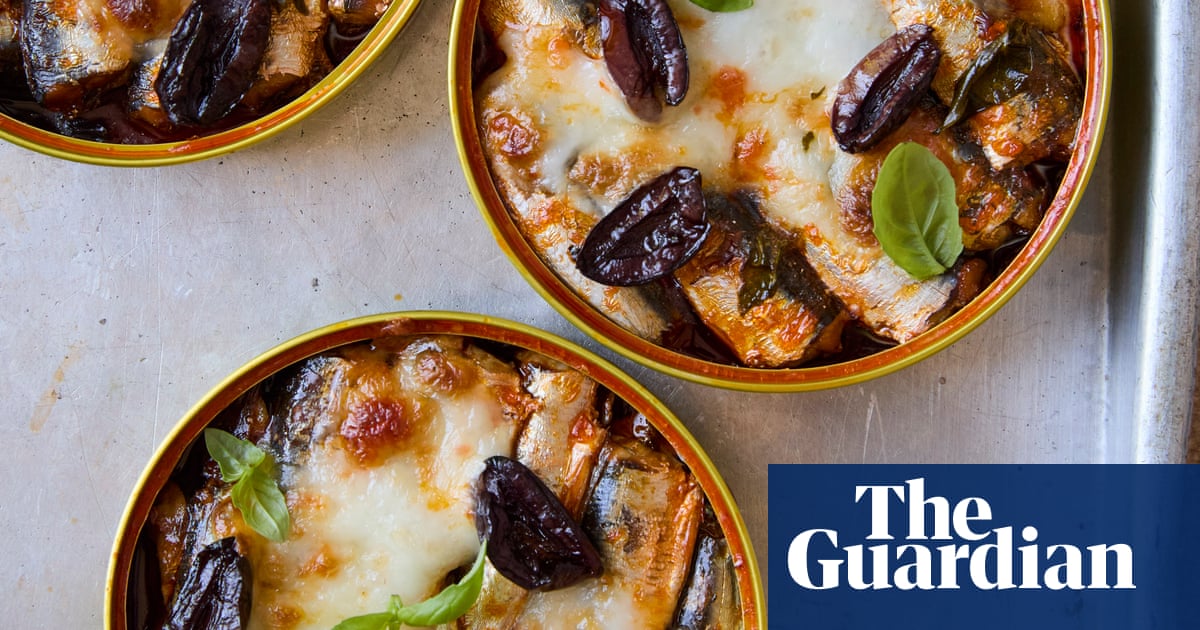A south-westerly wind blew us to Ærø. This little Baltic island (pronounced Air-rue) in Denmark’s South Funen archipelago is home to some 6,000 fortunate residents who enjoy free bus services, shallow swimming beaches and picture-perfect villages. The 54 sq mile island has a history of building sailing ships and there is an excellent maritime museum, so it seemed appropriate to arrive on a historic wooden sailing boat, Peggy, a Bristol pilot cutter built in 1903.
“We’re going to Ærø without a plane,” quipped one crew member as we set the sails on leaving the German Baltic port of Kiel. Our overland journey from the UK had started with a 12-hour train trip from London to Cuxhaven, a German port on the North Sea; a short taxi ride to Cuxhaven marina; an overnight stay on Peggy in the marina; and then a two-day transit of the Kiel canal, the busiest in the world by number of vessels, with some 35,000 ships transiting annually.
Sails furled, Peggy puttered along at about six miles an hour with 150 metre-long container ships overtaking and looming toward us. The 61-mile (99km) canal, which saves some 500 miles on the route between Germany’s North Sea and the Baltic ports, was opened in 1895 when it was called the Kaiser-Wilhelm-Kanal. The Germans now know it as the Nord-Ostsee-Kanal but internationally it is called the Kiel canal after the Baltic port where construction began. Kaiser Wilhelm II introduced a tax on sparkling wine to help fund its operation.
The canal is mostly delightfully rural, edged by reeds. Beyond the banks and canalside cycle paths, a backdrop of trees bordered the waterway on both sides. An overnight stop at a junction with the River Eider navigation, on the Gieselau canal, was even more bucolic. Starlings flew in to roost and perform their evening murmurations, shape-shifting from sailing boat to love heart. The sun set behind trees while we ate dinner on deck. In the morning, we swam in the river, edged with waterlilies, before continuing to Kiel, the canal becoming less rural as we neared its eastern terminus.

The next day, we sailed away from our overnight anchorage in Kiel Fjord, with the pale cream sails full of wind, Peggy looking resplendent in the afternoon sun. Only the captains, Peggy’s owners John Potter and Rachel Haynes, really knew what they were doing. The rest of us, their four willing crew, pulled ropes when asked or made cups of tea or gripped the tiller tightly. We kept course by heading for a landmark or following the compass or the route on a digital chart. Peggy may be old but she has modern navigation systems.
The waves sloshed and slapped against the hull, the sails and boom creaked, and we sped along at seven knots. Sun lit our way though grumpy clouds loomed in the distance. Sailing is to balance on the knife-edge of the weather, harnessing the wind that, with one wrong push of the tiller, could swing the heavy boom and spell disaster. Skies to which you pay scant attention on land except perhaps to wonder “should we take a brolly?” seem full of weight out at sea. That dark bruise of cloud ahead might be rife with squalls. But the weather gods were kind, the wind a constant south-westerly blowing us on our way. There were plenty of sailing boats out in the fjord leaning into the 25 knots of wind but once we were on our way on the 37-mile crossing, we only saw a few other vessels, one of which was similarly from the history books with russet sails and a mizzen mast.
Three hours later, Ærø island appeared on the horizon, seemingly edged with tall sandy beaches. Closer to, it became clear that these were actually fields ripe for harvest. Six hours after leaving Kiel, the passage into the harbour at Marstal was marked with red and green buoys distinctively topped with supersize bottle brushes. They looked jolly and festive, and already Ærø felt special. We tied up in the harbour next to a seafood restaurant.
Our waiter was a young man with a fish tattooed on the inside of his forearm. “It’s a trout,” he said. “It’s a reminder of the day my dad and I went fishing and I caught five but he only caught one.” The friendly staff and meal of lobster bisque, plaice and prawns, along with a rite-of-passage story, seemed a fitting celebration of our arrival by sailing boat.
after newsletter promotion

We were in the village of Marstal, which has the island’s main harbour, today mostly used by yachts. The maritime museum spreads across several historic buildings nearby. There are rooms full of model boats and photographs and paintings of tall ships that were built here. For children there are ship playgrounds, including one where the captain’s bridge appears to heave in a stormy sea. Another room is an art gallery of oil paintings by 19th-century naval artist JEC Rasmussen who was born in Ærø, depicting both the joys and horrors of life at sea: sailors caught in a tempest, taking an axe to their broken mast to stop things getting worse.
We boarded the free community bus to the village of Ærøskøbing where, in the pedestrianised centre there are cosy, colourful centuries-old houses. Mullioned windows display wooden boats and porcelain dogs while hollyhocks grow between cobbles outside decoratively carved doors. We visited the whisky distillery and its courtyard cafe before heading for a swim at Vesterstrand beach where a jetty led out over eelgrass to a sand-bottomed, clear sea watched over by two dozen beach cabins of all shapes and colours. People arrived on bicycles for their daily swim.
In the maritime museum, a volunteer, Lotte, had told us that many islanders, like her, are retirees. As well as swimming and sailing, “singing in choirs is a popular pastime”, she said. Ærø seemed heavenly and even more so without a plane.
Paul Miles was a guest of Rachel Haynes and John Potter, owners of Peggy. For more information about Bristol pilot cutters, visit bcpcoa.com. Travel back from Kiel was provided by raileurope.com, which has fares between London and Cuxhaven or Kiel from £101 one-way. Venturesail Holidays offers similar trips with berths on historic sailing boats worldwide including transits of the Kiel canal and sailing in the western Baltic visiting Ærø and other islands

 3 months ago
44
3 months ago
44

















































